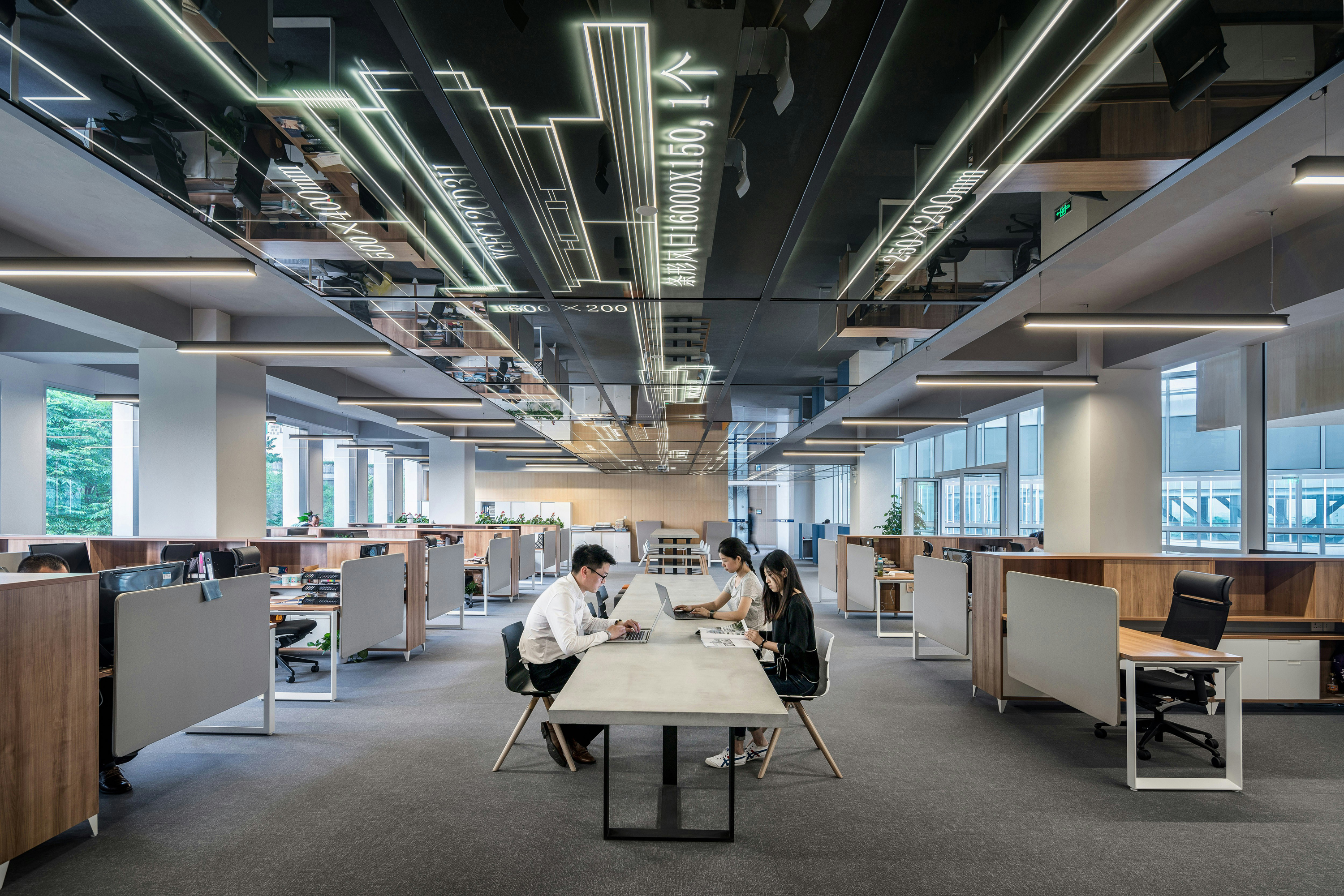Smart Offices, Smarter Working: Exploring IoT
As the workplace evolves, the concept of the "smart office" is revolutionizing how we approach productivity, connectivity, and workplace satisfaction. The Internet of Things (IoT), a system of interconnected devices sharing data in real-time, is central to this transformation. With IoT devices in the office, employees benefit from streamlined processes, enhanced security, and a more personalized and comfortable working environment. From energy-efficient lighting systems to automated climate control and remote office management, smart offices are helping organizations maximize resources, optimize efficiency, and cater to the diverse needs of modern employees. Here, we explore how IoT is reshaping office spaces and empowering businesses to work smarter than ever before.
Enhancing Productivity with Smart Devices
One of the primary goals of smart offices is to improve productivity by reducing friction in everyday tasks. IoT-powered solutions, such as automated scheduling systems, smart lighting, and occupancy sensors, play a major role in helping employees focus and accomplish more. Automated scheduling systems, for example, can reserve conference rooms, optimize seating arrangements, and adjust meeting settings according to the type of event. These systems help reduce downtime by ensuring that meeting spaces are used efficiently, preventing delays caused by double bookings or miscommunication.
Additionally, IoT-based lighting systems automatically adjust brightness and color temperature to match the time of day or individual employee preferences, reducing eye strain and enhancing focus. Studies have shown that lighting conditions can significantly impact employee productivity and mood, making smart lighting a valuable investment. Occupancy sensors can also be used to monitor workspace usage, allowing companies to adapt layouts according to actual needs rather than relying on guesswork. For instance, if a department requires more collaborative space, data from occupancy sensors can inform strategic redesigns to meet that need, creating a more efficient and enjoyable work environment.
Furthermore, smart office technology promotes seamless connectivity. By equipping employees with connected devices, companies enable remote access to data, resources, and communication channels from anywhere in the office or beyond. This flexibility allows employees to work in various spaces within the office or from home, fostering a hybrid work environment that supports greater productivity and work-life balance.

Improving Security and Data Privacy
As digital connectivity increases, so do concerns around data security and privacy. IoT technology in smart offices introduces new security challenges but also brings innovative solutions that help organizations protect their data and physical premises. For instance, IoT-enabled access control systems, such as facial recognition or smartphone-based entry systems, ensure that only authorized personnel can enter sensitive areas. These systems can also log entry and exit times, offering valuable data for analyzing foot traffic patterns and building occupancy levels.
In addition to physical security, smart offices prioritize cybersecurity through IoT device management and secure networks. Centralized IoT management platforms allow IT teams to monitor and update connected devices from a single interface, ensuring that all devices run the latest software and security patches. This is particularly important in open office environments where many employees use personal devices, as it helps prevent potential vulnerabilities from unauthorized software or outdated applications.
Data privacy is another significant aspect of IoT security. Companies adopting smart office technologies must comply with data protection regulations and implement best practices to safeguard employee data. By anonymizing data collected from sensors and maintaining strict access controls, organizations can use IoT insights to improve the workplace experience without compromising employee privacy.
Sustainable Workspace
IoT not only enhances productivity and security but also contributes to creating a comfortable and eco-friendly workspace. Automated climate control systems adjust temperature settings based on real-time occupancy and weather data, ensuring that office spaces are always comfortable without wasting energy. These systems can detect when rooms are unoccupied and reduce energy consumption accordingly, helping companies save on heating and cooling costs.
Moreover, IoT contributes to sustainability by monitoring resource usage and minimizing waste. For instance, smart office buildings equipped with water and electricity monitors can identify areas where consumption is high and suggest ways to reduce it. This data-driven approach to resource management supports corporate social responsibility efforts, as businesses demonstrate their commitment to reducing their environmental footprint.
Employee well-being is also a priority in smart offices. IoT devices can track air quality and noise levels, alerting facility managers to adjust ventilation systems or implement noise-reducing measures when necessary. This type of proactive management not only promotes a healthier workplace but also ensures that employees feel valued and supported. Smart offices empower companies to prioritize employee comfort and sustainability simultaneously, creating an environment where both people and resources are respected.
The future of smart offices is bright, as IoT continues to unlock new possibilities in workspace optimization, security, and employee satisfaction. As more companies adopt these technologies, they are paving the way for a more productive, secure, and sustainable workplace.



